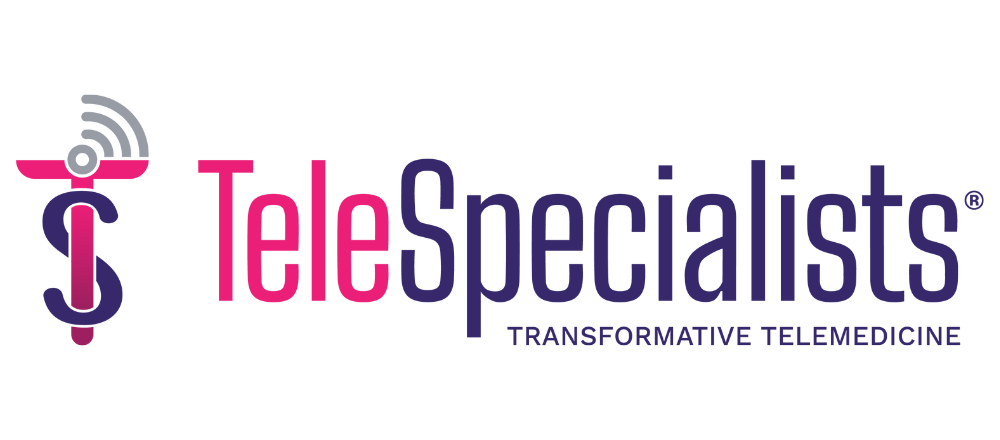
States managing Medicaid programs face multifaceted challenges, from unwinding the Public Health Emergency to addressing workforce shortages and navigating regulatory changes. Within this complexity, managed long-term services and supports (MLTSS) are emerging as essential lifelines for transformation, having significant impact on the Medicaid landscape. Here, I’d like to expand on that impact, exploring various innovations within MLTSS programs, including alternative payment models (APMs), the improvement of coordinated care, and the ability to meet the diverse needs of vulnerable populations.
How can MLTSS programs improve coordinated care?
MLTSS programs help states provide coordinated care solutions and services to beneficiaries, fostering holistic well-being for vulnerable populations. Coordinated care solutions apply systems to improve medical practice and help patients manage medical conditions more effectively. Essentially, the goal of improving care coordination is to improve patient health and reduce healthcare costs.
We can see how MLTSS programs have improved coordinated care in Delaware (DE) with the State’s mandatory MLTSS Program, the Diamond State Health Plan Plus (DSHP-Plus). In establishing DSHP-Plus, one of the goals DE set out to achieve was to improve coordination of care and supports. The 1115 waiver amendment that established the DSHP-Plus program expanded the Home and Community-Based Service (HCBS) array previously available to include cost-effective and medically necessary home modifications, chore services, and home-delivered meals. There is additional provider flexibility for MLTSS enrollees as some benefits, such as attendant care services, can be participant-directed, meaning an enrollee can hire their own caregiver, which simultaneously improves coordination of care.
Similar to DE, Pennsylvania’s (PA) mandatory MLTSS program, Community HealthChoices (CHC), also set out to achieve improved care coordination. CHC’s key program features closely mirror other states’ MLTSS programs as it includes care coordination and managed care organization (MCO) alignment with dual special needs plans (D-SNPs). PA has three CHC MCOs that operate statewide. One of them, AmeriHealth Caritas Pennsylvania, focuses its care coordination strategy not only on coordinating with other payers, like Medicare and behavioral health providers, but also on identifying wraparound services to improve quality of care for AmeriHealth Caritas’ participants.
Reimagining payment structures
To drive efficiency and improve health outcomes, states are increasingly turning to APMs within MLTSS programs. This can be seen in DE where the state has incentivized value-based care (VBC) by imposing several quality performance standards. Within the State’s mandatory MLTSS program, MCOs are required to meet a threshold of 60% of provider contracts using value-based payment strategies including upside or downside risk in the first contract year, with the percentage increasing year over year. Additionally, there are penalties for not meeting quality standards including paying up to a 2% penalty of the plan’s total net revenue for the performance year.
Similarly, in PA, APMs are utilized in the State’s MLTSS program via pay for performance (P4P) by providing financial incentives for MCOs that meet quality goals. PA chose seven quality measures that focus on improving quality and access to services. Depending on the MCOs’ performance, the State will provide payouts for selected quality measures from .5% to 3%.1
In addition to PA, Indiana (IN) is reimagining its payment structures within its MLTSS program as well. IN’s MLTSS program, Indiana Pathways for Aging (IPA), is slated to launch in summer 2024, and utilizes a P4P strategy where managed care entities (MCEs) will receive additional compensation depending on whether they meet specific outcome measures. Moreover, the State’s Medicaid agency will withhold a portion of the capitation payments from the MCE with the percentage increasing year over year. The withheld payment can become available if the performance measures are met.
Meeting diverse needs of vulnerable populations
MLTSS programs are uniquely positioned to cater to the diverse needs of vulnerable populations. In PA, AmeriHealth Caritas highlighted its success with nursing home transitions by emphasizing early intervention and leveraging data. AmeriHealth Caritas believes it is positioned to ensure housing and supports are in place for successful transitions from a nursing facility to a community. The program also partners with the Benefits Data Trust to help broaden person-centered service plans to include all necessary services that support holistic care like cash assistance, SNAP, and other benefits.
Additionally, AmeriHealth Caritas partners with Senior Law Center for referrals from service coordinators to provide legal services needed to secure stable housing. Plus, the “Nutrition at Home” program is an extended benefit that provides two weeks of meals for participants as they transition home. Also in PA, the UPMC Health Plan, is running a pilot program to provide assisted living as an In-Lieu of Services (ILOS) and support family caregivers.
Looking toward the future
From a shortage of qualified caregivers to inadequate reimbursement rates, the challenges associated with long-term care are growing. As our population ages, MLTSS programs can serve as an innovative solution to meet increasing demands. Looking toward the future, MLTSS programs should continue to focus on supporting workforce development through various means like increasing reimbursement rates, creating better benefits for caregivers, and assisting with provider enrollment. Additionally, refining quality metrics and measures will help not only improve health outcomes, but also increase focus on whole-person health.
Editors note: The author and her employer have no financial relationship with any of the companies mentioned in this article.
Photo: RomoloTavani, Getty Images
Prior to joining Sellers Dorsey, Suzanne Bierman served as the Medicaid Director for Nevada, including during the Covid-19 public health emergency. While at Nevada Medicaid, she assisted with the development and implementation of program enhancements to improve healthcare access and affordability, including Nevada’s public option and eligibility expansions to improve maternal and child health outcomes. She also developed new managed care requirements to support health-related social needs in the state’s re-procurement of its managed care contracts. Suzanne also worked as an assistant Medicaid Director in Arkansas, overseeing the state’s innovative private option Medicaid expansion program, as well as working to support home and community-based services. Additionally, Suzanne has worked in health policy research, for a state hospital association, and at an academic medical center.
This post appears through the MedCity Influencers program. Anyone can publish their perspective on business and innovation in healthcare on MedCity News through MedCity Influencers. Click here to find out how.











